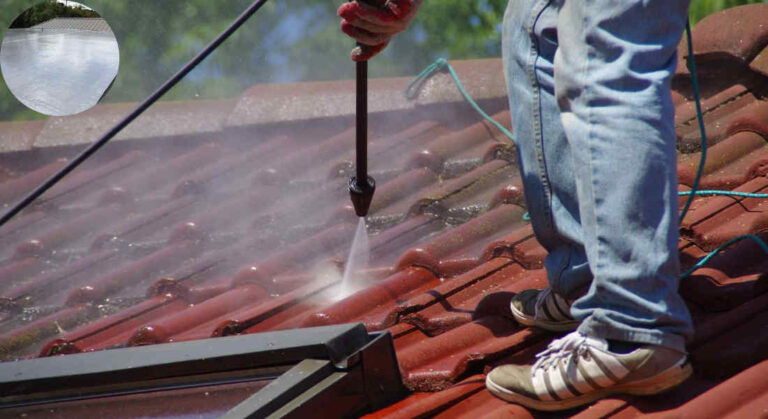As we enter the summer months, many of us face rising temperatures and the quest for affordable cooling solutions. The search for effective ways to stay cool often leads us to unconventional methods. One intriguing approach is the idea of spraying water on roofs as a potential cooling method.
But you might be wondering: does spraying your roof with water cool your house?.By the end, you’ll have a comprehensive understanding of how this simple action can impact your home’s temperature.
Understanding How Heat Affects Your Home
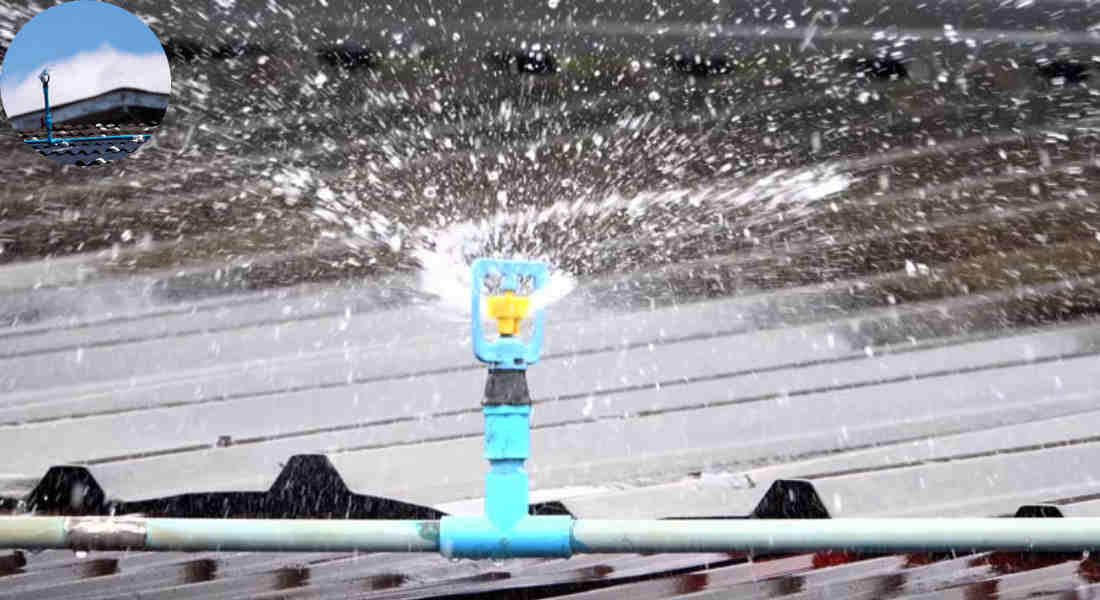
Heat Transfer Mechanisms
To understand how water spraying can lower your home’s temperature, it’s essential to comprehend the mechanisms of heat transfer. Heat can move through your home via three primary methods:
- Radiation: Heat from the sun radiates onto your roof.
- Conduction: Heat travels through the roof material and into your home.
- Convection: Warm air rises and circulates within your living spaces.
Roofs and Heat Absorption
Roofs play a significant role in your home’s overall temperature. They can absorb and trap heat, leading to higher indoor temperatures. This effect is heightened by darker roofing materials, which tend to retain more heat.
The Role of Roof Temperature
The temperature of your roof is crucial for maintaining a comfortable home. When your roof gets hot, it transfers that heat indoors, making your living space uncomfortably warm. Thus, finding ways to cool your roof can directly affect your home’s internal climate.
The Science Behind Spraying Water on Your Roof
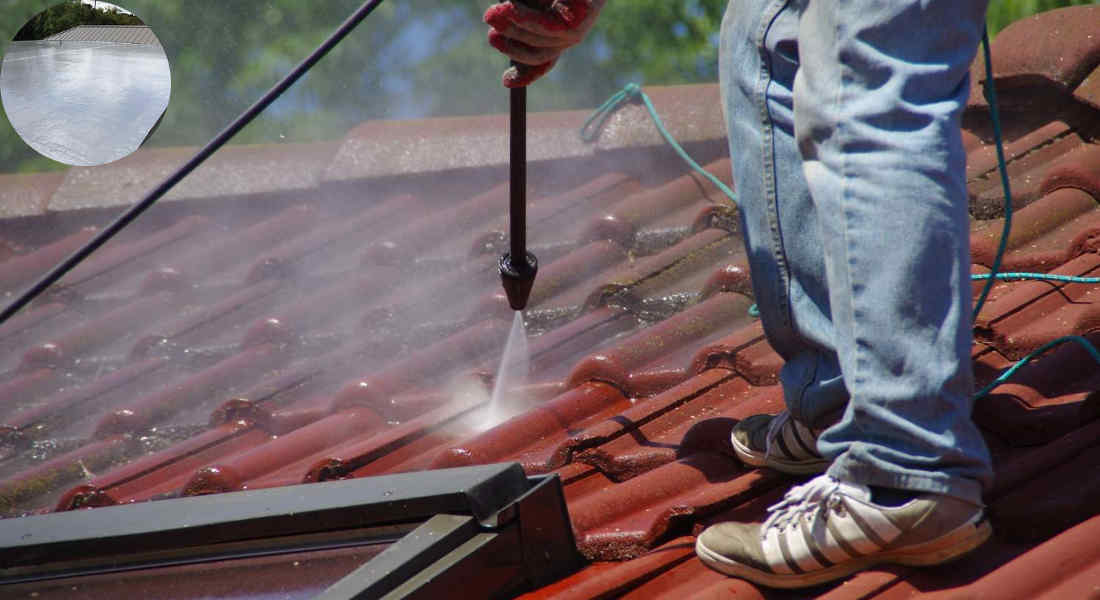
Evaporative Cooling Explained
The science of evaporative cooling is fundamental to understanding how spraying water on your roof can help. When water evaporates, it absorbs heat from the surrounding surface. This absorption of heat effectively lowers the temperature of that surface.
Natural Cooling Processes
Consider how sweating helps cool your body. Just like how we release moisture to cool down, spraying water on a hot roof can have a similar cooling effect.
You may also read (understanding roof insurance for homes over 20 years old).
Influencing Factors
However, the effectiveness of this method can vary based on several factors:
- Humidity: High humidity levels can slow down evaporation, reducing cooling efficacy.
- Temperature: Generally, hotter temperatures increase evaporation rates.
- Wind Speed: Wind can enhance evaporation by moving the humid air away from the surface.
Does Spraying Your Roof with Water Cool Your House?
Evidence and Studies
Research and expert opinions support the idea that spraying water on your roof can indeed cool your house. Studies have shown that:
- Effectiveness in Hot, Dry Climates: In areas with high evaporation rates, like deserts, this method can be particularly effective.
- Humid Climates: In contrast, humid areas may experience lower evaporation efficiency, which can limit cooling benefits.
Achievable Temperature Reductions
In optimal conditions, temperature reductions of up to 10°F (5°C) have been reported indoors. This cooling effect occurs because a cooler roof temperature reduces heat transfer indoors, leading to a more comfortable living environment.
Methods of Spraying Water on Roofs
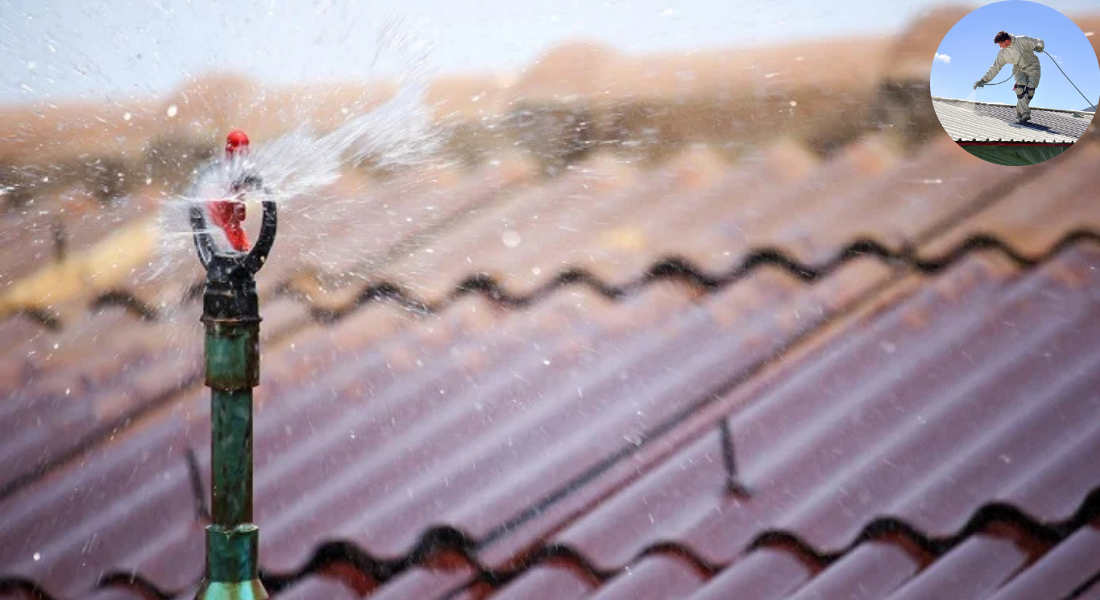
Manual vs. Automated Systems
When it comes to applying water to your roof, you have two main options:
- Manual Sprinkling: You can use a hose or a sprinkler system to manually spray water on your roof.
- Automated Roof Misting Systems: These systems can be set up to spray water at specific times, providing a more consistent application.
Best Practices for Application
For adequate cooling, consider the following best practices:
- Amount: Use a sufficient volume of water to ensure good evaporation.
- Timing: Spray during the hottest parts of the day for maximum effect.
- Frequency: Regular applications can help maintain lower temperatures.
Considerations for Roof Materials
Different roof materials can respond differently to water application. For instance, metal roofs may cool down quickly, while shingle roofs might absorb water, potentially leading to moisture-related issues.
Benefits of Spraying Water on Your Roof
Immediate Cooling Effect
One of the most significant benefits is the immediate cooling effect during peak heat hours. This can bring instant relief from the oppressive heat.
Energy Savings
By reducing reliance on air conditioning, homeowners can achieve notable energy savings. Lower indoor temperatures can lead to decreased energy bills, allowing you to save money while staying comfortable.
Roof Longevity
Spraying water can also help extend your roof’s lifespan by preventing overheating and material damage. This proactive approach can save you from expensive repairs down the line.
Eco-Friendly Solution
Compared to energy-intensive cooling systems, spraying water is an eco-friendly and cost-effective option. It uses minimal resources and reduces your carbon footprint.
Potential Drawbacks and Challenges
Water Wastage Concerns
One of the primary concerns with this method is water wastage, especially in drought-prone areas. Constantly monitor local water restrictions before proceeding.
Risk of Roof Damage
Excessive moisture can pose risks, including leaks and structural issues. It’s crucial to avoid saturating your roof, as this can lead to more significant problems.
You may also read (can you safely use builders sand in your home garden).
Limited Impact in Humid Climates
Spraying water may have a limited cooling impact in very humid or rainy climates where evaporation is less efficient.
Maintenance and Setup Costs
Setting up automated misting systems can come with costs for maintenance and installation, which might not be feasible for everyone.
Alternatives and Complementary Cooling Strategies
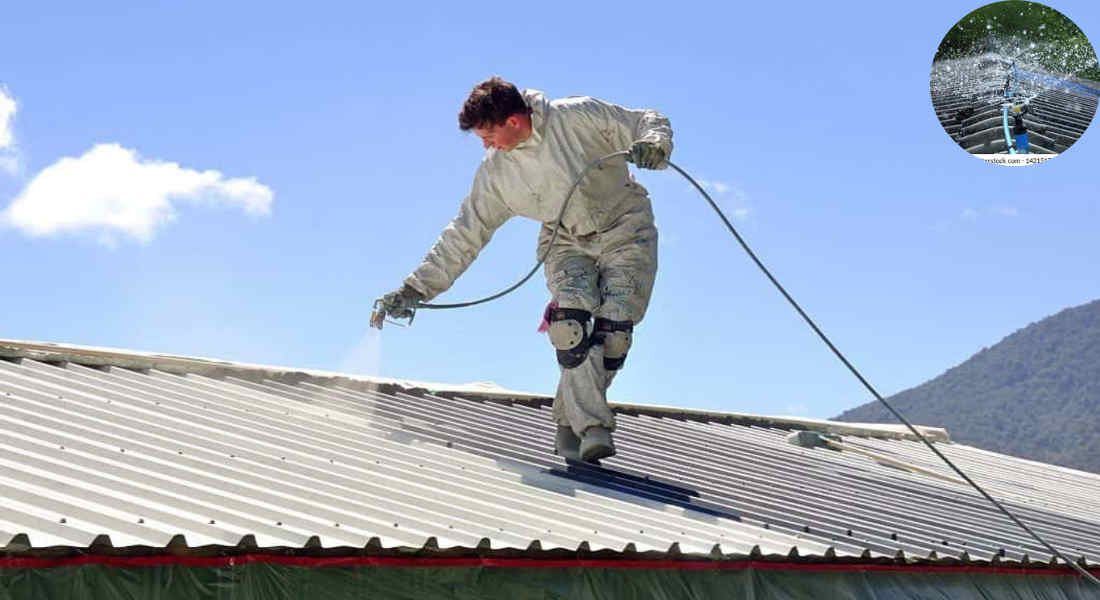
Reflective Roof Coatings
Consider applying reflective roof coatings or cool roof paints that reflect sunlight and heat, minimizing heat absorption.
Improved Ventilation
Enhancing your attic’s ventilation and insulation can significantly improve your home’s temperature regulation.
Shade Trees and Green Roofs
Planting shade trees around your home can provide natural cooling. Green roofs can also help insulate your home while reducing heat absorption.
Ceiling Fans and Natural Ventilation
Using ceiling fans and promoting natural ventilation can complement water spraying by keeping air circulating and enhancing comfort levels.
Practical Tips for Homeowners
Safe Implementation
When implementing water spraying, ensure that you do so safely. Avoid spraying during heavy winds or storms to prevent water from pooling.
Monitor Local Water Restrictions
Stay informed about any local water restrictions or conservation efforts in your area to ensure you’re compliant.
Combine Methods for Best Results
For optimal cooling, consider combining water spraying with other cooling methods for maximum effectiveness.
Avoid Spraying During Rain
Be mindful not to spray your roof during rainy days, as this could lead to over-saturation and potential damage.
You may also read (does roof color really affect house temperature in celsius).

